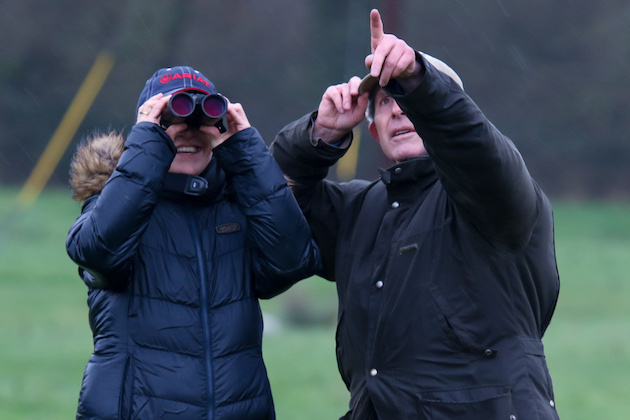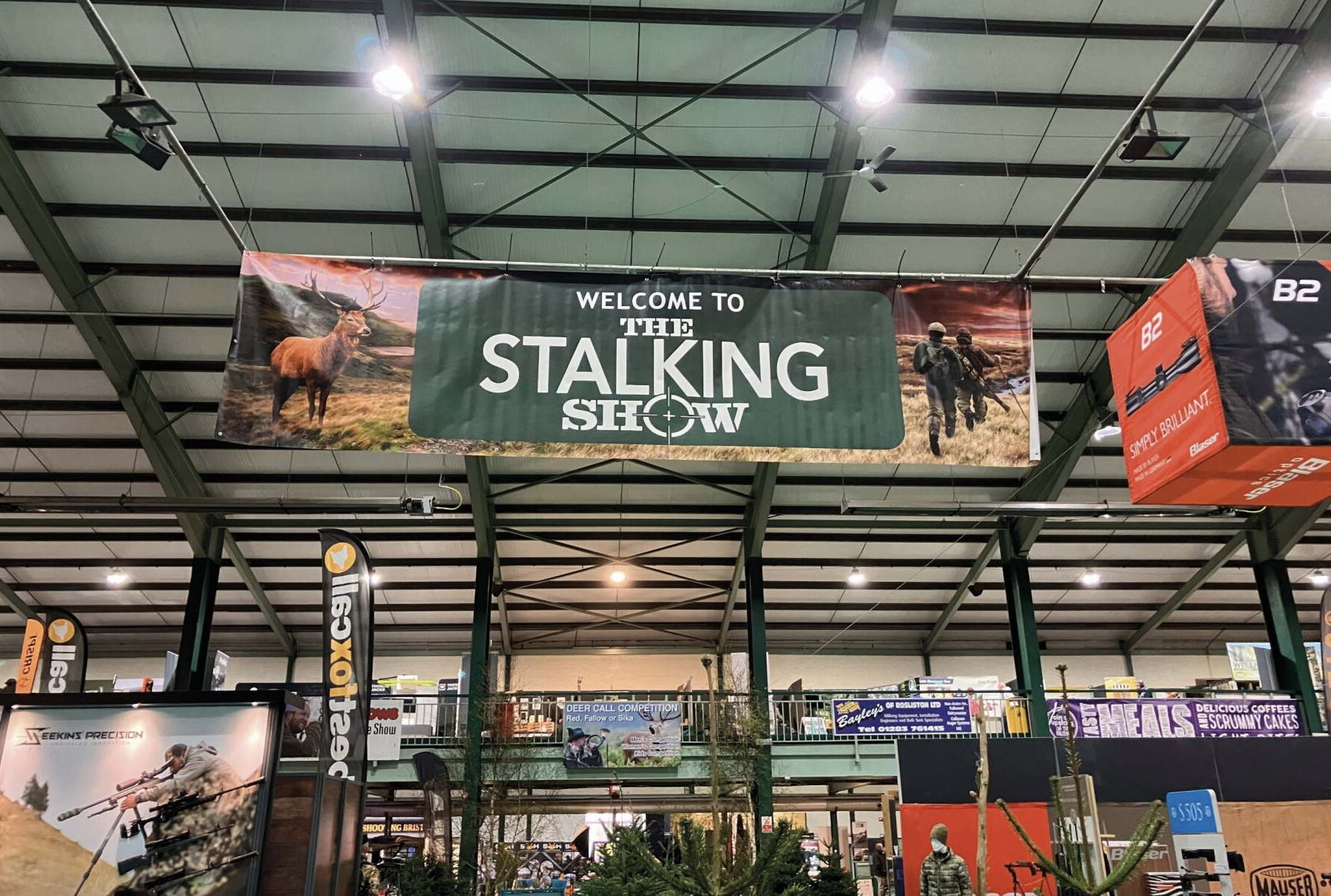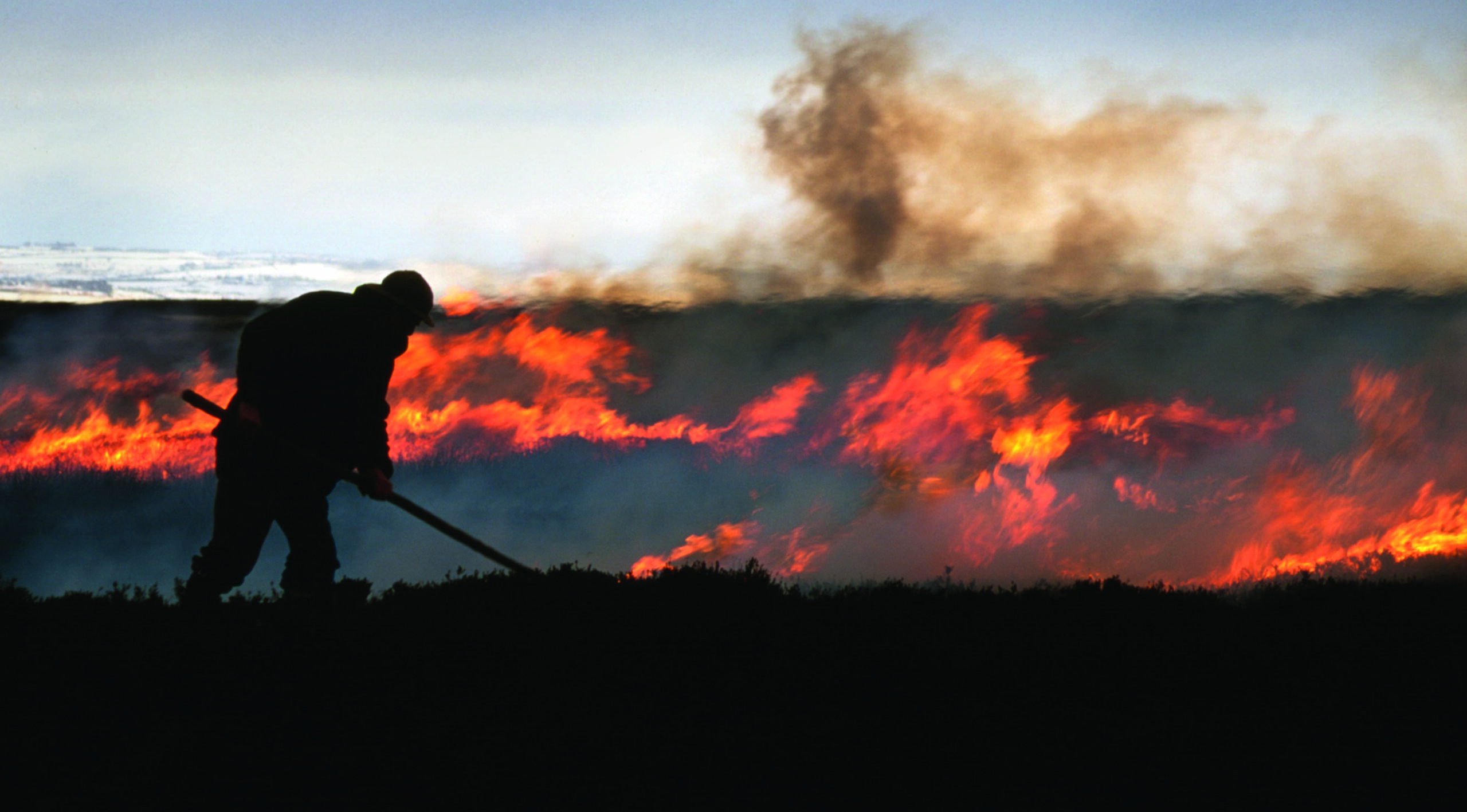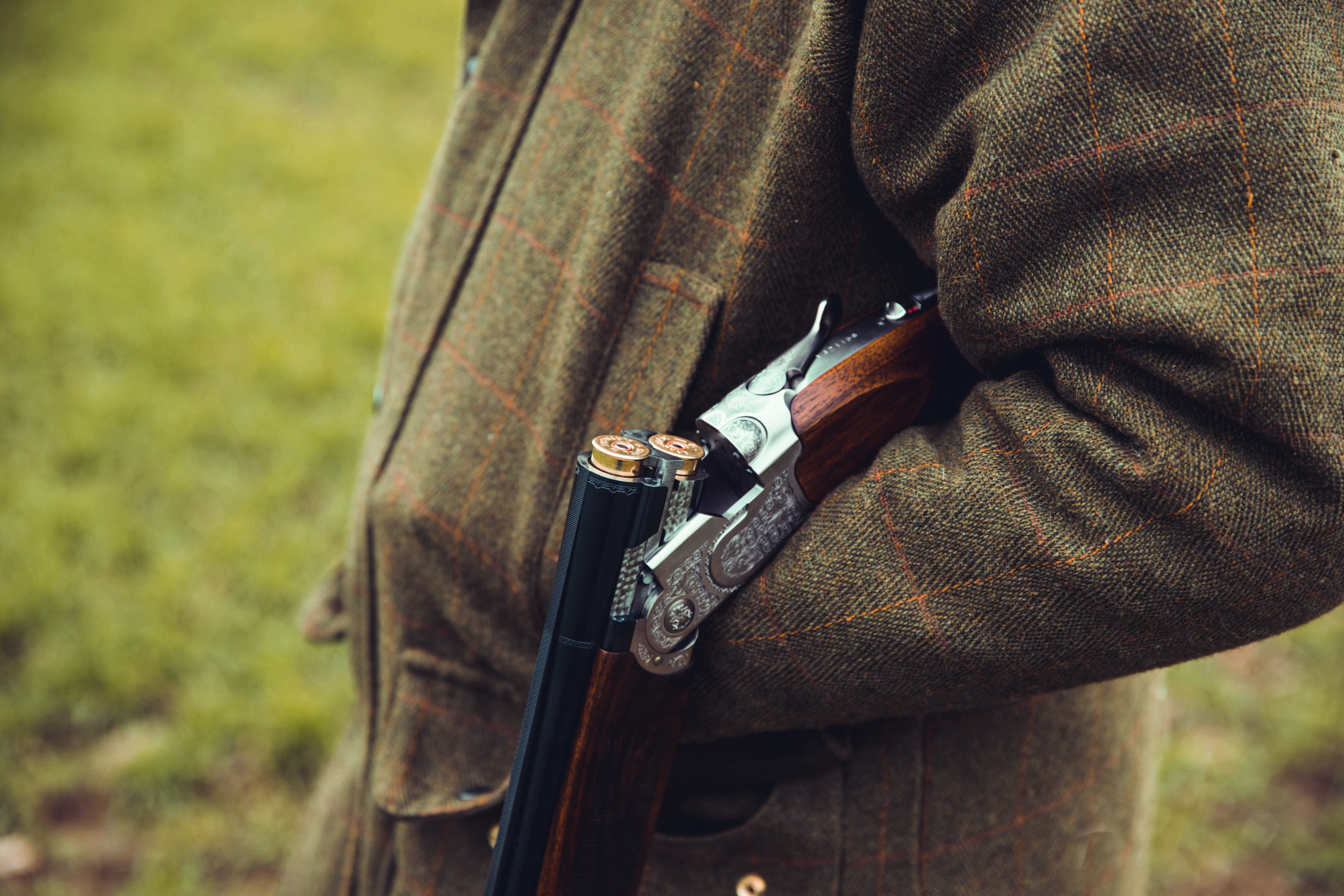Numbers point to a record year for Big Farmland Bird Count
It's all over bar the counting, reports Philip Reynolds of Sporting Gun magazine

The Game and Wildlife Conservation Trust (GWCT), which organises the Big Farmland Bird Count, said the results were dropping in every five minutes.
Jim Egan of the GWCT said: “We look like having a record year in terms of the number of counts returned. I can say that, so far, 127 different species have been recorded. These include all the red list species you would expect to see on a farm such linnet, lapwing, fieldfare and yellowhammer.”
Mr Egan said that he was “incredibly pleased with the response of the farming and shooting fraternity” to the count. He added that he was heartened by the number of ornithologists and birders who had helped farmers conduct their count, which ran from 8-17 February.
This year’s count was launched in driving rain in Wiltshire. Not a day to view many birds you might think, but you would be wrong.
View this post on Instagram
In fact, a flock of about 60 lapwing, mute swans, cormorants, black-headed gulls, mallard, teal, collared doves, robins, wrens, blue tits, red wings, wigeon and gadwall were all spotted at Barford Park, a diversified farm in Downton, run by Minette Batters, the NFU president.
NFU and GWCT join forces
This year, the NFU joined forces with the GWCT to encourage more farmers to monitor the wildlife and increase the biodiversity on their farms. The variety and extent of the bird population is key to this, especially reversing the decline in some farmland birds.
Pete Thompson, biodiversity adviser for the GWCT, expressed his delight at this development and said he was “really chuffed” to have had the NFU as a partner. He said that farmers do much unsung work for the environment.
“Farmers are not only growing food but they are looking after the environment,” he said and stressed that the two were not mutually exclusive. He cited the example of farmers putting out supplementary feeding, in hoppers and spreading, to help birds with what he called the ‘hungry gap’.
The symmetry between farming and biodiversity was also emphasised by Minette Batters who said the future should be viewed through a lens of food producing and the environment.
Sam Durham, the chief land management adviser at the NFU, said that good farming was all about integrating producing food with beneficial environmental measures.
Flourishing wildlife
And this is where the BFBC comes in. It is all about encouraging farmers across the country to be aware of the wildlife on their land and how they can help it flourish.
For example, Terry Mills hosted a bird count at his farm in Cruglas, near Swyddffynnon in Ceredigion, Wales. The count at Cruglas boasted 30 species on the day, including several in serious decline such as starling, house sparrow, redwing and fieldfare, as well as providing valuable information on wildlife in the Welsh countryside.
Another such farmer doing sterling work is Andrew Carter of Standlynch Farm, a neighbour of Minette Batters. Mr Carter has been involved in conservation for many years on his Wiltshire farm, which is mentioned in the Domesday Book, especially in a project that has seen the lapwing return and flourish.
Big Farmland Bird Count back for 2021
Gamekeepers, farmers and land managers across the country are being asked to pledge their support to the Game & Wildlife…
Send in your numbers now
And so as the figures are being collated from this year’s count, the sixth, there is much optimism at the GWCT. And for those who are still compiling their numbers, you have until Friday 8 March to submit your results to the GWCT at the count website – www.bfbc.org.uk

The results of the count are due to be announced 10 days later on 18 March and you will be able to read all about the findings in the May edition of Sporting Gun.









